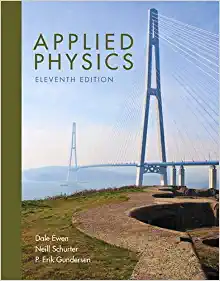Answered step by step
Verified Expert Solution
Question
1 Approved Answer
This problem reflects on your work for Lab 1. A drop of water is falling as rain through air at 5o C. Assume the drop
This problem reflects on your work for Lab 1. A drop of water is falling as rain through air at 5o C. Assume the drop to be a ball/sphere with diameter, D=3 mm. The attached Appendix 2 gives relevant water and air properties (, , and ) as a function of temperature. Calculate the terminal velocity of the drop (you will need to iterate as there is no easy direct solution). Use the following formula (as used in Lab 1) to calculate the drag force: A: sphere cross-sectional area; V: velocity of flow or sphere; : fluid density; CD: drag coefficient that can be estimated by using the graph below. The adjacent table gives you a good first estimate for CD. You can also use the internet-based drag coefficient calculator found in https://kdusling.github.io/teaching/Applied-Fluids/DragCoefficient.html Literature reports that raindrops of this size have terminal velocities approximately equal to 7 m/s. How close is your estimation
Step by Step Solution
There are 3 Steps involved in it
Step: 1

Get Instant Access to Expert-Tailored Solutions
See step-by-step solutions with expert insights and AI powered tools for academic success
Step: 2

Step: 3

Ace Your Homework with AI
Get the answers you need in no time with our AI-driven, step-by-step assistance
Get Started


